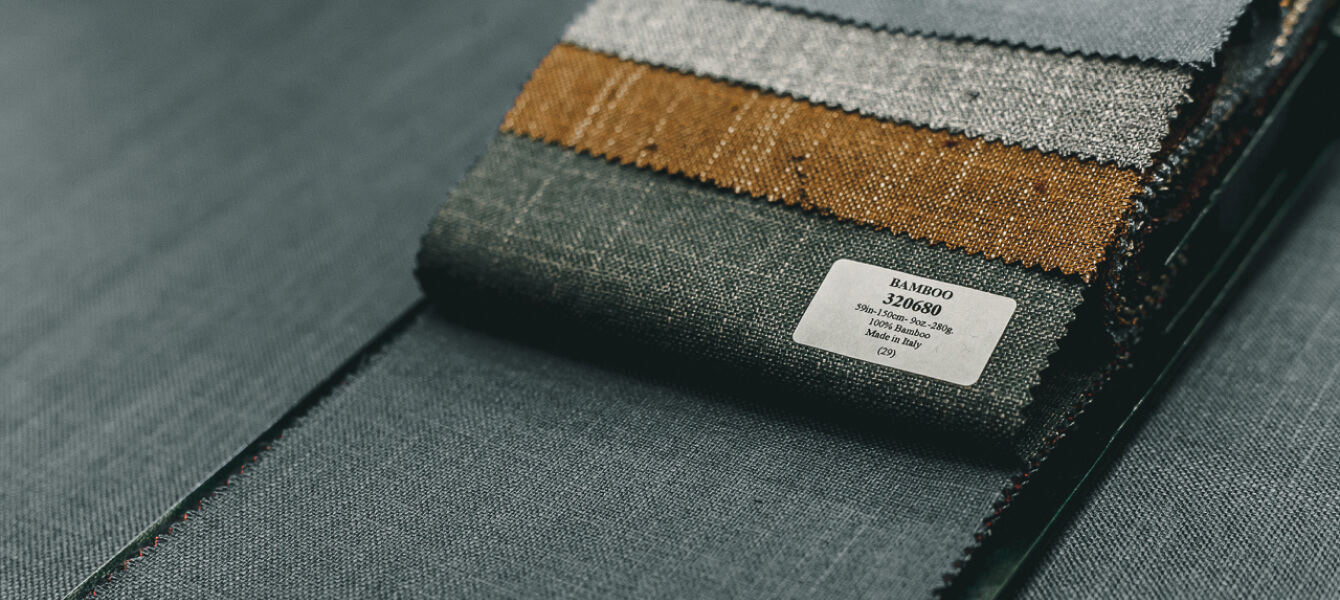Bamboo fabric has been actively distributed since 2005. In connection with this trade regulators, made manufacturers to label tissues and clothes from bamboo according to method of production. The first and cheaper way — although natural raw materials are used for the threads, the chemical processing of the chopped bamboo fibers occurs during the production of the threads. Therefore, the resulting fiber is artificial and relates to viscose.

Some stages of processing:
- Shredding leaves and soft parts of trunks.
- Soaking this in a 15-20% solution of caustic soda at a temperature of 20-25 ° C for 1-3 hours to the state of alkaline cellulose.
- Squeezing the cellulose to remove solution of caustic soda, then grinding and drying the cellulose for 24 hours.
- Addition of carbon disulfide (carbon disulfide – CS2) to make the cellulose jelly-like.
Second way is difficult and long
It is about mechanical grinding of lignified parts of a bamboo plant and using natural enzymes to turn them into a homogeneous organic mass. From these mass threads of yarn are pulled. In this method chemical reagents are not using, as in the first. It is similar to the one used to make flax yarn. Mechanical yarn is more expensive. This yarn is truly ecological.
Bamboo fabric has a deep iridescent effect like silk. In bamboo clothes you can visit the warmest countries with high humidity. The bamboo is hard to crimple.
Bamboo characteristics:
- Ecological
- Ventilating ability
- Hygroscopic property
- Antibacterial properties
- Durability
- Color fastness
- Wear resistance
- UV protection







